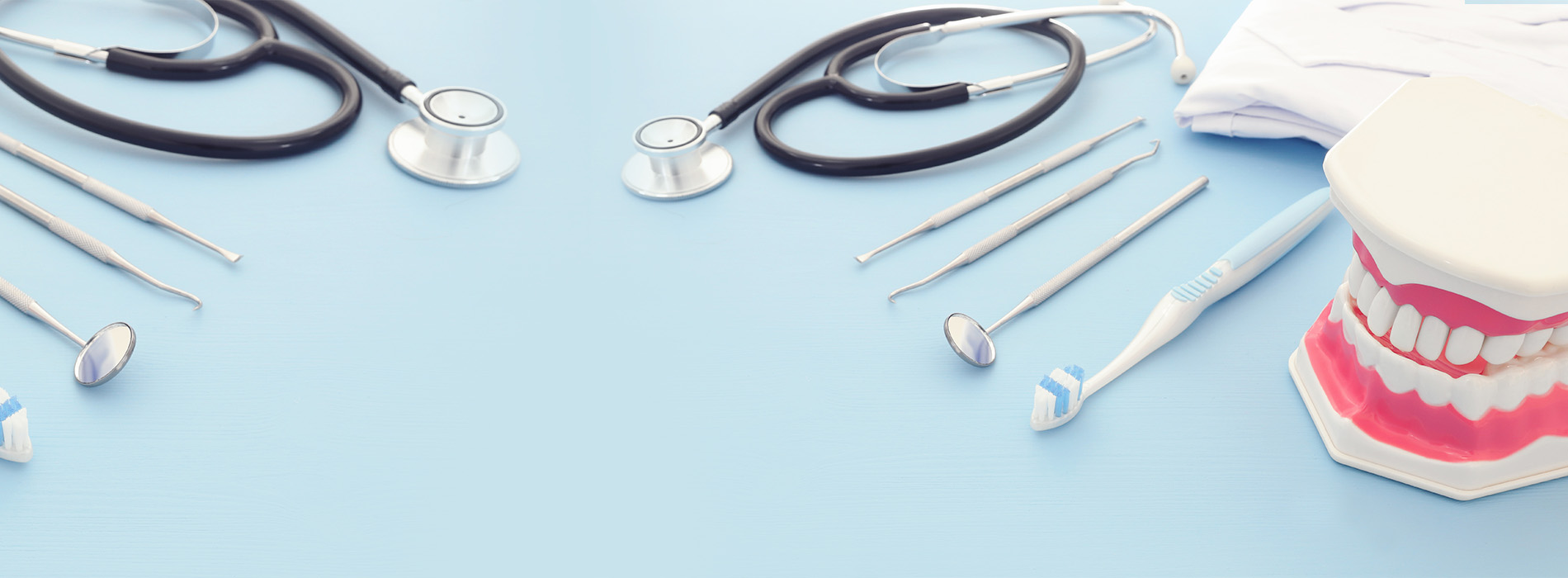
Our Office
Visit Us Online

According to the National Institute of Dental and Craniofacial Research, tooth decay is the single most common chronic childhood disease. Over 50 percent of 5 to 9 year old children have at least one cavity or filling, with that proportion increasing to 78 percent among 17-year-olds. Additionally, more than 51 million school hours are lost each year to dental-related illness.
As an added level of protection against dental decay, it is recommended that children receive periodic fluoride treatments as part of a program of preventive dental care. Fluoride is a naturally occurring mineral that helps to prevent cavities by making the hard outer enamel of the teeth more resistant to the acids produced by the harmful sugar processing bacteria in dental plaque. It can also help to remineralize the teeth to reverse incipient decay.
During a periodic checkup visit, the dentist may recommend the application of a topical fluoride to help strengthen and protect both a child’s baby teeth and the permanent ones. Topical fluorides can be applied as a foam, gel or varnish. Whatever type is selected, the procedure is quick and painless. Once the teeth are cleaned the fluoride is simply painted on the surfaces of the teeth or placed in a small tray to sit over the teeth for a brief period of time. Some types of fluoride treatment require no eating or drinking for half an hour as the fluoride is absorbed into the surface of the teeth. The dentist and dental hygienist will provide specific and detailed instructions as needed.
Fluoride treatment may also be indicated in adults who are at a higher risk for developing tooth decay.

This site is not intended as a substitute for professional medical advice, diagnosis, or treatment. The content of this website, including texts, graphics, images, and information, is for informational purposes only. The information on this website should be verified with other sources and your licensed healthcare provider regarding any medical condition or treatment.
As with all medical procedures, our Procedures have a success and failure rate. The testimonials on this site are based on real-life experiences and opinions of patients. We do not claim or imply that our treatments work for everyone on this site based on patient reviews and testimonials. All users won't have the same experience, and you shouldn't assume that they will. Medical procedures can be successful and unsuccessful, so your results may vary. Therefore, testimonials on the site should not be construed as guarantees of treatment success.